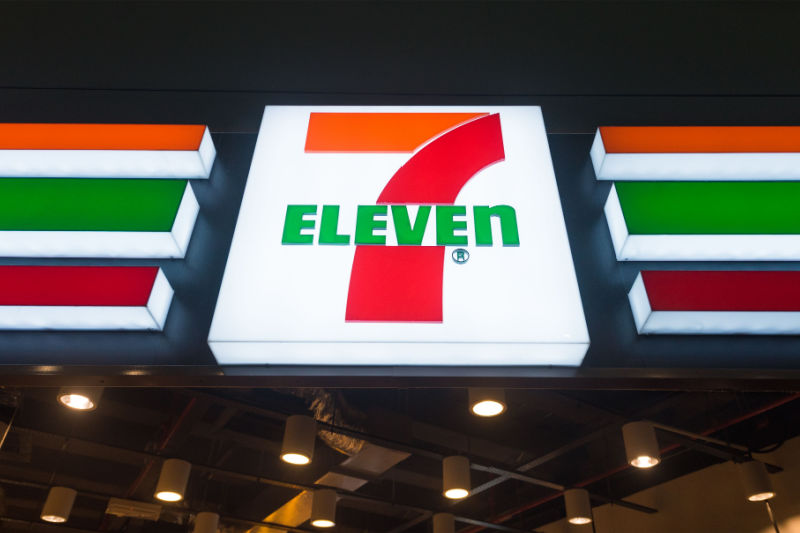Futures slip, bank earnings ahead, Powell to speak - what’s moving markets
Investing.com -- BofA raised its 2025 S&P 500 earnings per share forecast to $271, up from $262, implying 12% growth, citing “almost giddy 2Q guidance and revisions” and corporates’ ability to preserve margins through tariff mitigation, cost cutting, and productivity gains.
These factors, the bank’s strategists said, argue for stronger growth in the second half (2H).
Strong revenue surprises in technology showed evidence of AI monetization, while non-tech sectors also delivered upside through sourcing shifts and efficiency measures.
For 2026, BofA set an EPS estimate of $298, up 10% from the prior year. “After two years of a few companies doing the earnings work of many, 2026 forecasts indicate a broader distribution of forecasts,” strategist Savita Subramanian said in a note.
She described the tail risks as “positive,” with stronger nominal GDP translating into sales growth, efficiency into profit growth, and a potential capex cycle delivering operating leverage.
Buybacks and a weaker dollar are expected to provide an additional boost. BofA models net buybacks adding 75 basis points to EPS growth, slightly below the recent pace, while its FX team forecasts a 5% and 7% decline in the dollar versus the euro in 2025 and 2026, respectively, which could lift S&P 500 sales by 1.5–2 points each year.
At the same time, Subramanian flagged potential risks that could weigh on earnings. The strategist said the “full impact of tariffs may be a 2H story,” as mitigation tactics like pre-ordering are unlikely to last.
Inflation could split outcomes, helping cyclical sectors such as Energy and Materials while hurting labor-intensive groups like Staples and Health Care.
Smaller firms may struggle with margin compression unless rate cuts go further, though Subramanian noted that “cutting at the short end may be limited if inflation rises.”
The strategist also warned that higher long-end yields, which drive mortgage costs and equity valuations, could pose an additional drag.
Technology earnings are expected to remain healthy but slow in 2026, as larger companies increase capex and rely on AI monetization.
“An outsized index-level beat like 2Q’s depends on continued AI monetization from here,” Subramanian said.
BofA also projected dividend growth of 7% in 2025 and 8% in 2026, with payout ratios near record lows providing room for increases.
For 2027, it penciled in EPS of $320, with a range of outcomes between $255 in a mild recession and $340 in a high-growth scenario.
